

Discover the Podkarpackie region in Poland with the eyes of a local
Poland is a fascinating country. It has a difficult history, but as of 2023, it is slowly becoming one of the fastest-developing countries in Europe. I am incredibly proud to call it my motherland and this is why I am excited to share with you some of the best places to visit in the Podkarpackie region/voivodeship which is where I am originally from. We have mountains, castles, small and big towns here – everything you are looking for!
Łańcut
I have lived in Łańcut for 20 years and I am always happy to show my international friends around. I am also super excited to get more people to visit it! Łańcut is a small town located in the south-eastern part of Poland in the Podkarpackie voivodeship (province). Can you imagine that this travel gem used to be one of the most influential residences in Poland in the 18th century?
There is a lot of history associated with Łańcut, as its most important attraction is Łańcut Castle built in 1629-1642 by Stanisław Lubomirski who was a representative of one of the most influential families in Łańcut. First, the building was a fortress, but in the second half of the 18th century, it was transformed into a castle by Izabela Lubomirska. Many famous artists would visit the palace as it was the centre of cultural gatherings.
Now, the Łańcut Castle along with the grand park outside are visited by tourists from all over the world. You can visit the park for free, but in order to see the entrance garden, you have to pay a small fee. It is possible to have tours around the castle with knowledgeable guides, who will also take you to see the incredible interior of the palace. When I was in school, we regularly had so-called “museum classes” every 2 months focused on different topics relating to Łańcut history and thanks to it, I got to see the entire castle!
The story about the Łańcut Devil
This might be a scary story, but you won’t find a single Łańcut citizen who has not heard about it. The Łańcut Devil, also known as the Devil of Łańcut Castle, is a legendary figure associated with Łańcut Castle. This intriguing tale adds a touch of mystique to the already rich history and architecture of the castle.
The legend tells of a hidden chamber within Łańcut Castle that was said to house a mysterious and malevolent entity known as the Łańcut Devil. According to folklore, this devil was bound within the chamber by the castle’s owner, who sought to contain its evil powers. The nature and origin of the devil vary in different versions of the story, but it is often depicted as a supernatural and sinister force.
The legend goes on to recount how the castle’s owner made a pact with the devil to help him complete the construction of the castle. In exchange for the devil’s assistance, the owner promised to give the devil his soul. However, the owner managed to outwit the devil and imprison it within a hidden chamber before fulfilling his end of the bargain.
Over the years, this tale has been passed down to next generations, and it has become an integral part of Łańcut Castle’s mystique. The legend has contributed to the castle’s reputation as a place of intrigue and mystery, drawing visitors who are curious to learn more about its haunted history.
While there is no concrete evidence to support the existence of the Łańcut Devil or the hidden chamber, the legend’s enduring presence adds an extra layer of fascination to Łańcut Castle. Whether viewed as a cautionary tale, a metaphorical representation of inner struggles, or simply a captivating story, the Łańcut Devil adds a supernatural element to the castle’s already rich cultural and historical tapestry.
However, The Łańcut Devil might actually come from an actual person – Stanisław Stadnicki – who was a known troublemaker in the 16th/17th century. Stadnicki gained infamy for his daring exploits and defiance of the law. He operated in the rugged and lawless region of the Polish Carpathian Mountains, where he led a gang of criminals and engaged in various criminal activities, including robbery and extortion.
Bieszczady
The Bieszczady Mountains is a mountain range that runs from the south-east of Poland and north-east of Slovakia through to western Ukraine. If you are visiting the Podkarpackie region for a longer period of time and you are a mountain lover, you cannot miss Bieszczady! Personally, I did not visit them until I turned 22 but now I am sure I will be returning regularly. The most important towns in Bieszczady are Solina, Ustrzyki Dolne, Ustrzyki Górne, Lesko and Myczkowce.
There are many different hiking trails along the Bieszczady Mountains, so whether you are an avid mountain trekker or a complete beginner, you can still enjoy the beauty of Polish mountain views. They are easy to navigate as there are multiple signposts along the way so you do not get lost.
Each trail should have a shelter where travellers can stop to rest and enjoy some of the best traditional Polish food. These shelters are usually small, wooden huts with wonderful views around. Examples of the food that is usually served include pierogi – delicious dumplings filled with various ingredients like mushrooms, potatoes, and cheese, often served with a dollop of sour cream and crispy bits of bacon. Kielbasa, or Polish sausage, is another favourite, with its smoky, savoury goodness. Visitors can also relish a bowl of zurek, a sour rye soup, accompanied by chunks of sausage and hard-boiled eggs.
Rzeszów
I could not miss Rzeszów in this article, because it is the capital city of the region! I was born in Rzeszów and lived there for the first four years of my life before we moved to Łańcut. However, a lot has changed since that time.
Rzeszów boasts a picturesque Old Town that showcases well-preserved architecture, including colourful townhouses and the magnificent Rzeszów Castle. The city’s central square, known as the Market Square (Rynek), is a bustling hub of activity where locals and visitors gather to enjoy cafes, restaurants, and cultural events. Rzeszów is also known for its thriving cultural scene, with numerous theatres, galleries, and museums, such as the Rzeszów Regional Museum, offering insight into the city’s past and present. As a dynamic economic and educational centre, Rzeszów is home to several universities and a growing business sector, making it a vibrant and promising destination for both tourists and residents.

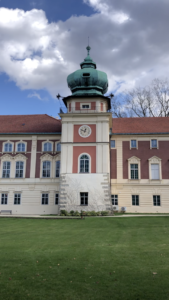
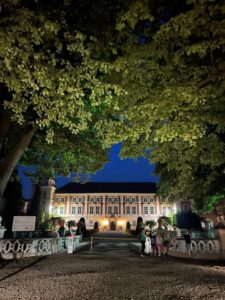
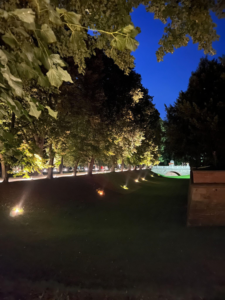
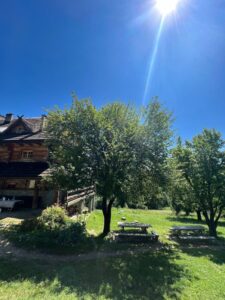
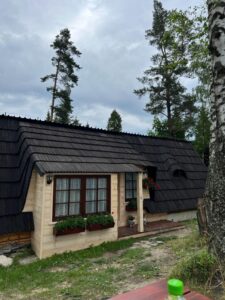
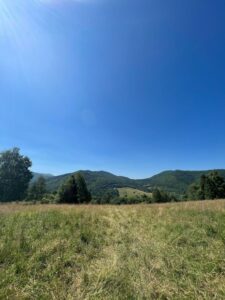
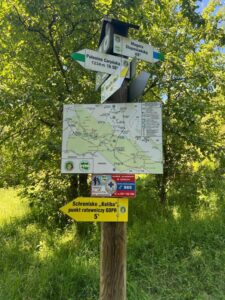
This Post Has 0 Comments